«Kings of Autumn»: 10 Shrubs That Shine at Season’s End |
Every experienced gardener knows that a garden plot is beautiful with greenery not only in spring and summer. The true beauty emerges in the autumn months—when shrubs and trees in the garden are painted in all shades of gold, purple, copper, crimson, orange, burgundy, bronze, and even violet…
 Provided, of course, that you’ve wisely chosen the right ornamental deciduous plants to decorate your space! Staghorn sumac (Rhus typhina) Often called the vinegar tree, this hardy and highly decorative plant can grow as a shrub or a small, low-branching tree with very large pinnate ("palm-like") dark green leaves and tall upright panicle inflorescences (female—purple, male—yellow-green). Sumac is especially decorative in autumn, when its foliage begins to change unevenly from green to all shades of orange, raspberry, or burgundy, until the entire crown "blazes." On a single tree, all these colors can be present at once, flowing in a smooth gradient from the leaf bases to their tips and from the crown’s periphery to its center. In winter, birds will appreciate the bright juicy berries. Red-leaved barberries (Berberis thunbergii)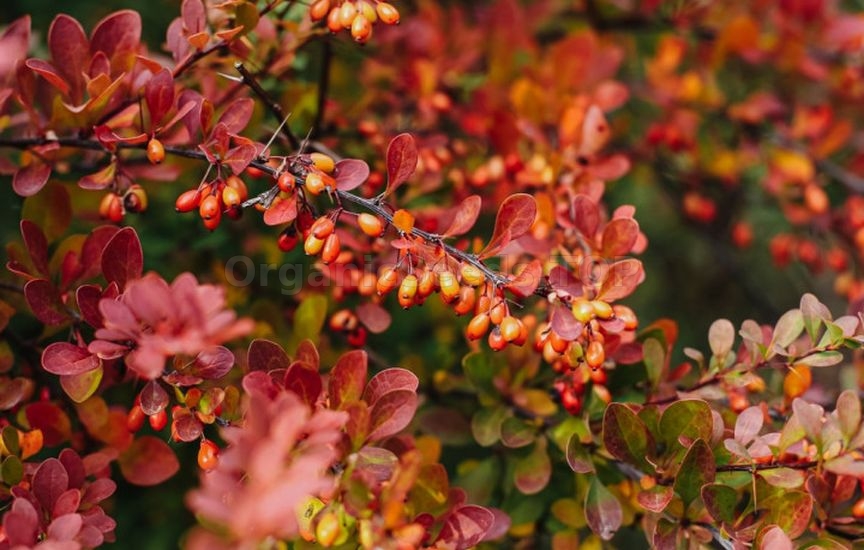 In gardens, the undemanding and fast-growing Thunberg barberry is especially popular. Among the many cultivars of this thorny shrub, there are plenty with bright foliage—in all shades of purple and red. Black elderberry (Sambucus nigra)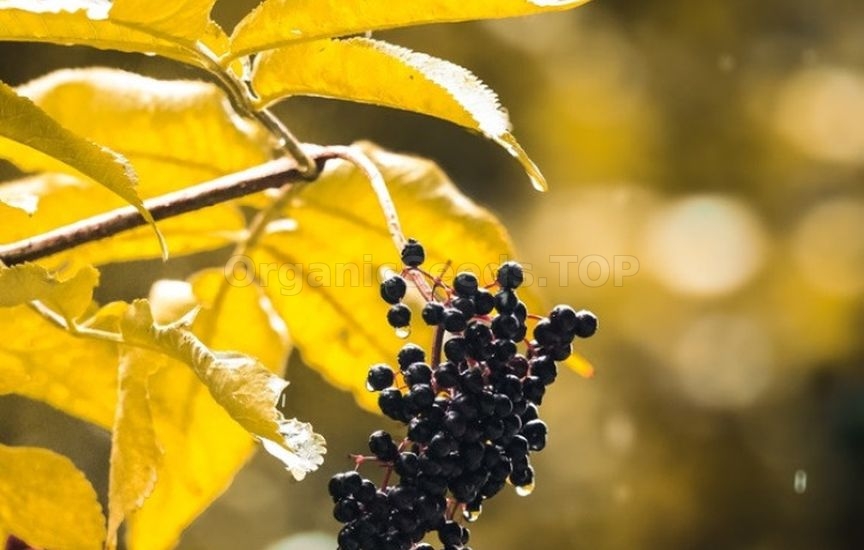 The genus Sambucus includes about 40 species, though not all are cultivated. Among them, black elderberry is a favorite for gardeners, notable not only for its lacy crown, white or pink lace-like fragrant flowers, and numerous decorative berries, but also for cultivars with unusual foliage colors. Smoke tree (Cotinus coggygria) Among the "bright" deciduous shrubs, special attention should be paid to the smoke tree. A mature plant may resemble a graceful tree with a branching crown shaped like a ball or umbrella. During its blooming in late summer, the branching panicle inflorescences look like clouds enveloping the shrub. When the light flowers fall, orange-pink flower stalks remain. There’s also a weeping garden form. The smoke tree’s charm lies in its unusual leaves: bluish-green on long petioles, turning fiery red in autumn, then shifting to rusty or burgundy. Some cultivars retain red foliage all season. Late in autumn, the tree may still hold actively reddening leaves and drupe fruits covered in fine reddish hairs, giving the crown a "smoky" appearance. Common ninebark (Physocarpus opulifolius) This deciduous shrub from the rose family changes its "outfit" several times a year. In spring, large "ruffled" ovate leaves appear; in summer, its white or pink corymb flowers are eye-catching; and in autumn, greenish then red follicle fruits decorate the bush and persist into winter. Ninebark can be grown in both shade and sun—but purple-leaved forms should be planted in sunny spots, as shade dulls their color. Spindle tree (Euonymus europaeus)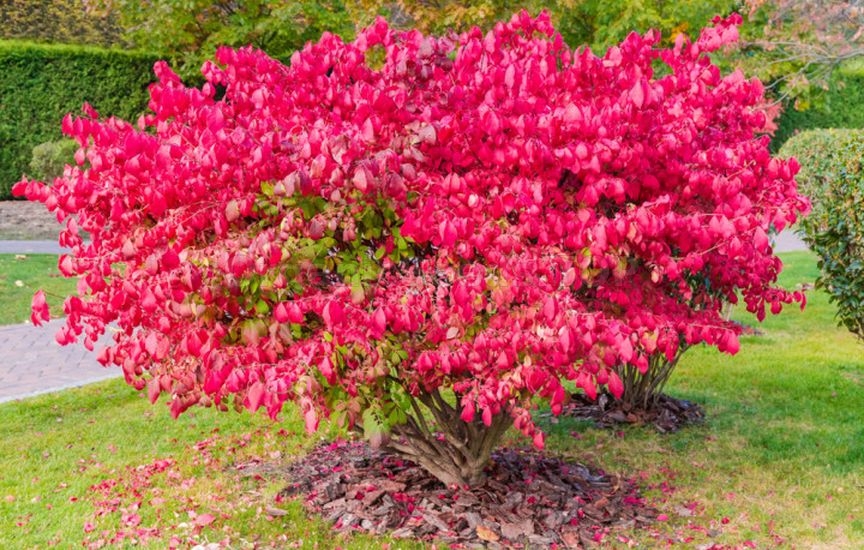 Spindles are widely cultivated, undemanding ornamental deciduous shrubs that thrive in almost any location, and even beginner gardeners can manage them. For a bright autumn accent, the slow-growing European spindle is ideal, with large green leaves that turn pink-orange in fall and remain on the plant alongside pink capsule fruits for a long time. Many spindle species grow tall and wide, reaching 7–10 m with proper care—not ideal for average-sized plots. For smaller gardens, choose compact shrubs up to 1–2 m tall, such as sacred spindle (Euonymus alatus), Siebold’s spindle (Euonymus sieboldianus), or Sakhalin spindle (Euonymus sachalinensis). Cotoneaster (Cotoneaster spp.) Cotoneasters, shrubs from the rose family, grow slowly and have dense crowns. They’re undemanding, relatively frost-resistant, drought-tolerant, and low-maintenance. At different times, they’re adorned with small white or pink flowers (a valuable nectar source), followed by conditionally edible black or red berries that persist until spring. In autumn, some cultivars’ leaves turn bright colors. For example, Cotoneaster dammeri cultivars have creeping stems branching in one plane, rising no more than 30 cm above ground. Small leathery dark green leaves turn purple and orange in autumn. Tiny light-red flowers sit tightly on stems. From August to late autumn, coral berries decorate the shrub. Bird cherry (Prunus padus) Among the many bird cherry species, Prunus virginiana (Virginia bird cherry) stands out, with ornamental cultivars featuring red leaves and pink flowers. Dogwood (Cornus spp.)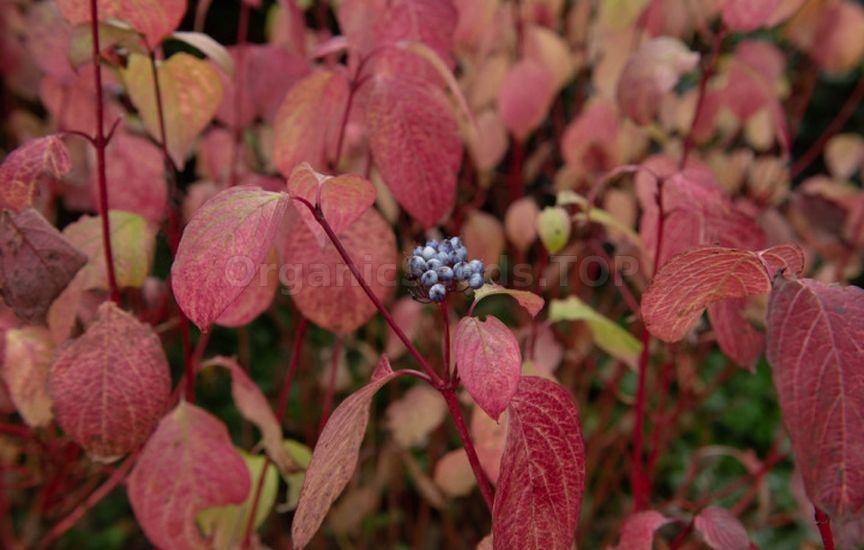 Want to brighten the dull tones of the autumn garden even after leaf fall? Turn to plants with strikingly colored and textured branches and bark—starting with dogwood. This genus of fast-growing deciduous trees and shrubs in the dogwood family includes several species that look spectacular in cold months. Cherry-red stems of Cornus alba, orange-red or rich green of Cornus sanguinea, and blood-red or bright yellow of Cornus sericea stand out against the gray autumn garden (and later snowy winter scenes), looking festive even on gloomy days. Breeders have developed cultivars of various heights and compactness, and gardeners can shape them easily with pruning.. Willow (Salix spp.)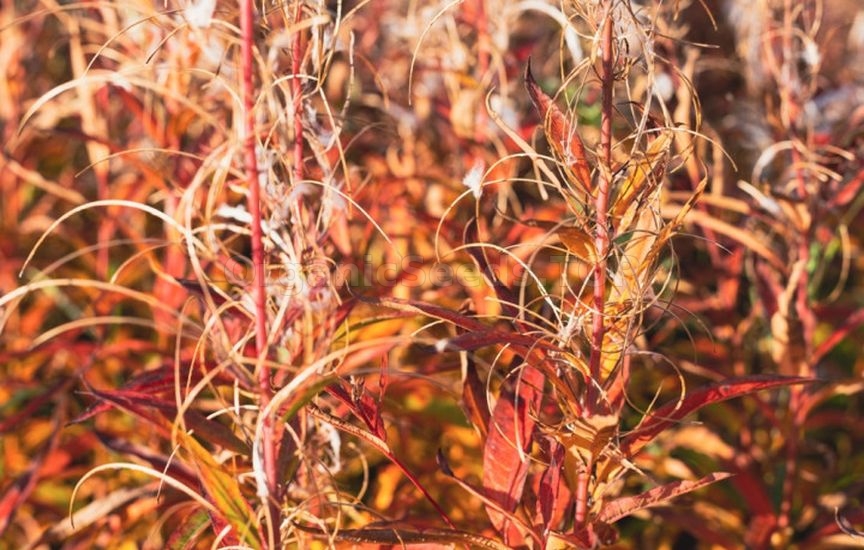 The genus Salix includes over 600 species of shrubs and trees, with decorative garden forms often featuring graceful weeping branches. These are found in Babylon willow (Salix babylonica), elegant willow (Salix gracilistyla), common willow (Salix alba), white willow, goat willow (Salix caprea), narrowleaf willow (Salix angustifolia), creeping willow (Salix repens), etc. But not only weeping branches—many willows have brightly colored young shoots that become garden highlights in autumn. For example, Salix alba cultivars have fiery orange-red, golden, or mustard-colored stems. Purple-red shoots with a bluish bloom are typical of Salix purpurea and Salix acutifolia; silvery-felted, white-hairy ones for Salix repens and Salix viminalis; yellow-olive for Salix pentandra; reddish-brown for Salix aurita, etc. Don’t forget the changing leaf colors—willows can display orange-copper or lemon-yellow tones, sometimes with pink or cream hues. Perhaps the most decorative in winter is the fast-growing Salix matsudana ‘Tortuosa’, with spirally twisted upward branches creating a lacy crown. Young shoots are yellow or olive, darkening to reddish-brown over time. Even in summer, with narrow light green leaves, this tree looks attractive. In autumn, the foliage turns golden. Of course, these aren’t the only deciduous plants that can brighten your garden with vivid colors in autumn. If you crave rich hues before the cold sets in, explore ornamental species among maples (Acer), weigelas (Weigela), hazels (Corylus), nandinas (Nandina domestica), photinias (Photinia), cercidiphyllum (Cercidiphyllum japonicum), beeches (Fagus sylvatica), plums (Prunus domestica), and cherry plums (Prunus cerasifera). |
|
|
